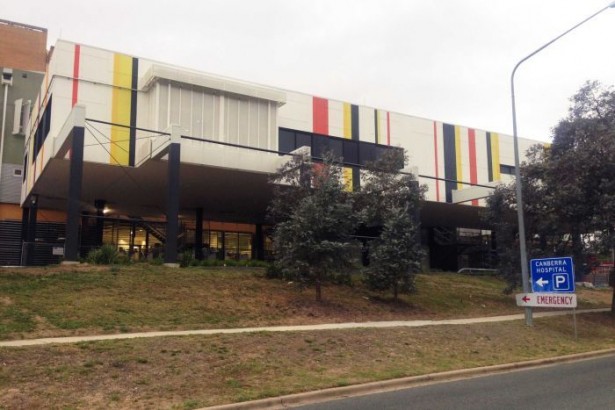20
Aug 2018
Hospital in the Home Program to Receive $34.5 Million Over Four Years In ACT Budget
Published in General on August 20, 2018

In November 2017, Wendy Bryant was diagnosed with an infection that was classified as “multi-resistant” and as a result, she could have spent the past half year in the hospital. However, as a result of Hospital in the Home, Ms Bryant was able to receive treatment and begin recovering comfortably at her own home where she resides with her husband.
When asked about her experience, Ms Bryant said that “I can’t imagine being in hospital for that length of time.” She further went on to say, “It would be just terrible.” Since she is visited daily by nurses who can administer medications and treatments along with checking on the state of her health, she is able to recover at home. In reference to the nurses, Ms Bryant says that “It’s as though they’re handpicked, they (are) just the most amazing people. They look after body and soul.”
By year’s end, a greater number of people will have access to the service
In a time spanning the next four years, the ACT Government is to commit a total of $34.5 million which will be included in the next territory budget. This money is earmarked for the expansion of the Hospital in Home service. As a commitment during the election, this expansion began with an initial budget of $136,000 for the 2017 – 2018 fiscal year.
The money is intended to add 3 doctors, 24 nurses, and professionals from allied health and these are to be hired with the intention of providing service to an additional 3,000 patients per year. This is a figure double the current capability of the service.
In referencing the service, Sarah Elliot, a Home nurse, said that the services they provide are one-on-one and holistic: “We’re able to keep a really close eye on patients and ensure that if they are deteriorating we can alert that and get them the appropriate care that they need,” Ms Elliot said. She went on to say that “We’re able to pick up cues that you may not pick up in a ward environment.”
Many of the treatments the Home nurses provide would otherwise require patients to be in the hospital, among which are the prevention of blood clots, IV antibiotics and cardiac care that is chronic. “For the patient, they’ve got their mental well-being that they’re in their own environment, they’re eating their own food, sleeping in their own bed, they’ve got their own pets around them,” she said.
Home visits to lighten hospital loads
Ms Elliot also looks forward to the service’s commitment to freeing up hospital beds. She notes that “We’re coming up into winter, the flu season, so the hospital is fit to bursting.” Then she added, “We do reduce the patient burden.”
Also, Meegan Fitzharris the Health Minister said that two similar types of programs to this one would also be added as a result of the expansion. These will be operated by the Canberra Hospital along with Calvary Public Hospital. It will be a joint effort.
Ms Fitzharris says that “No matter where you live in Canberra, you’ll be able to access Hospital in Home either in your own home or in a community health centre. It’s not only a cost-effective way to deliver health care, it’s a high-quality and safe way to deliver health care.”
The additional services will be launched by year’s end.









